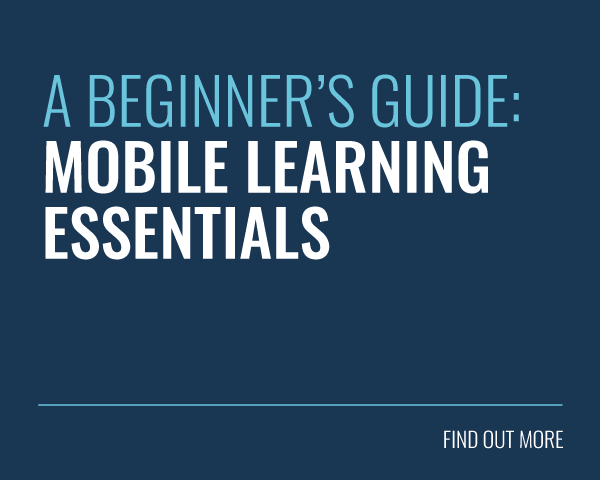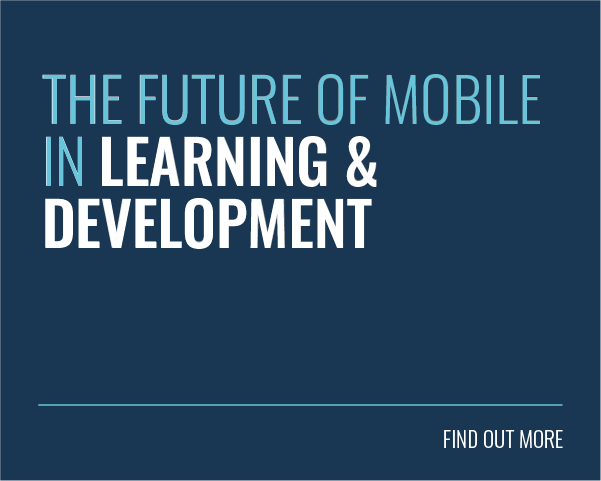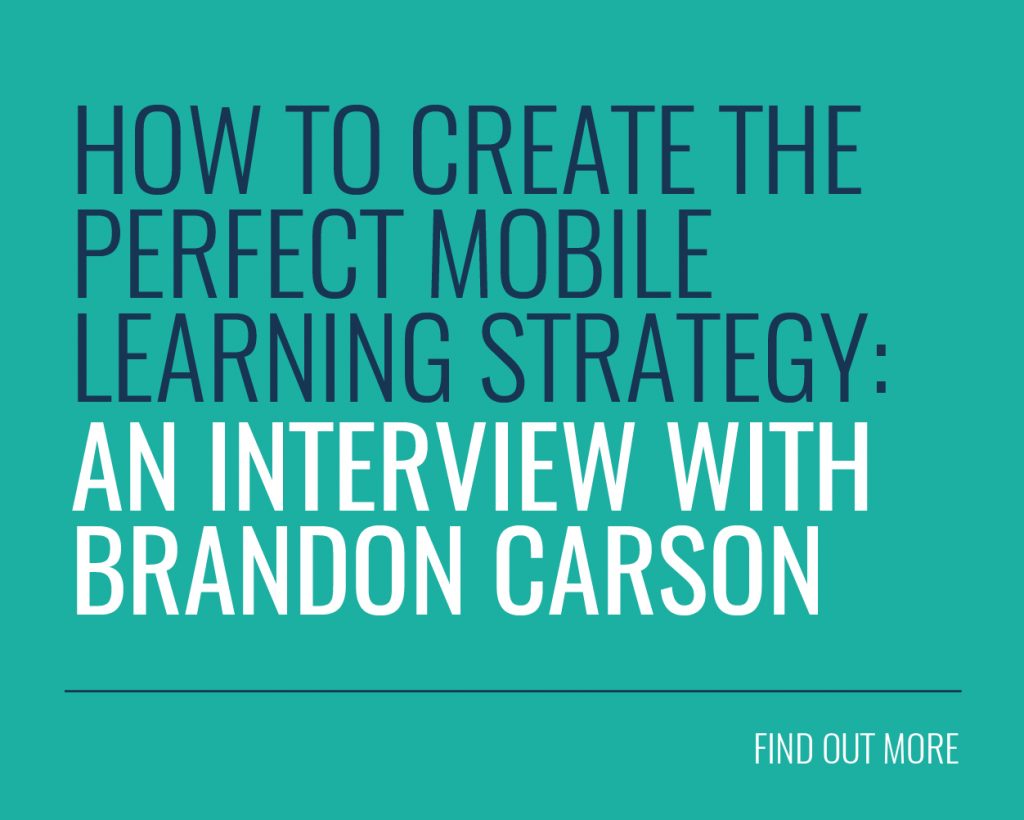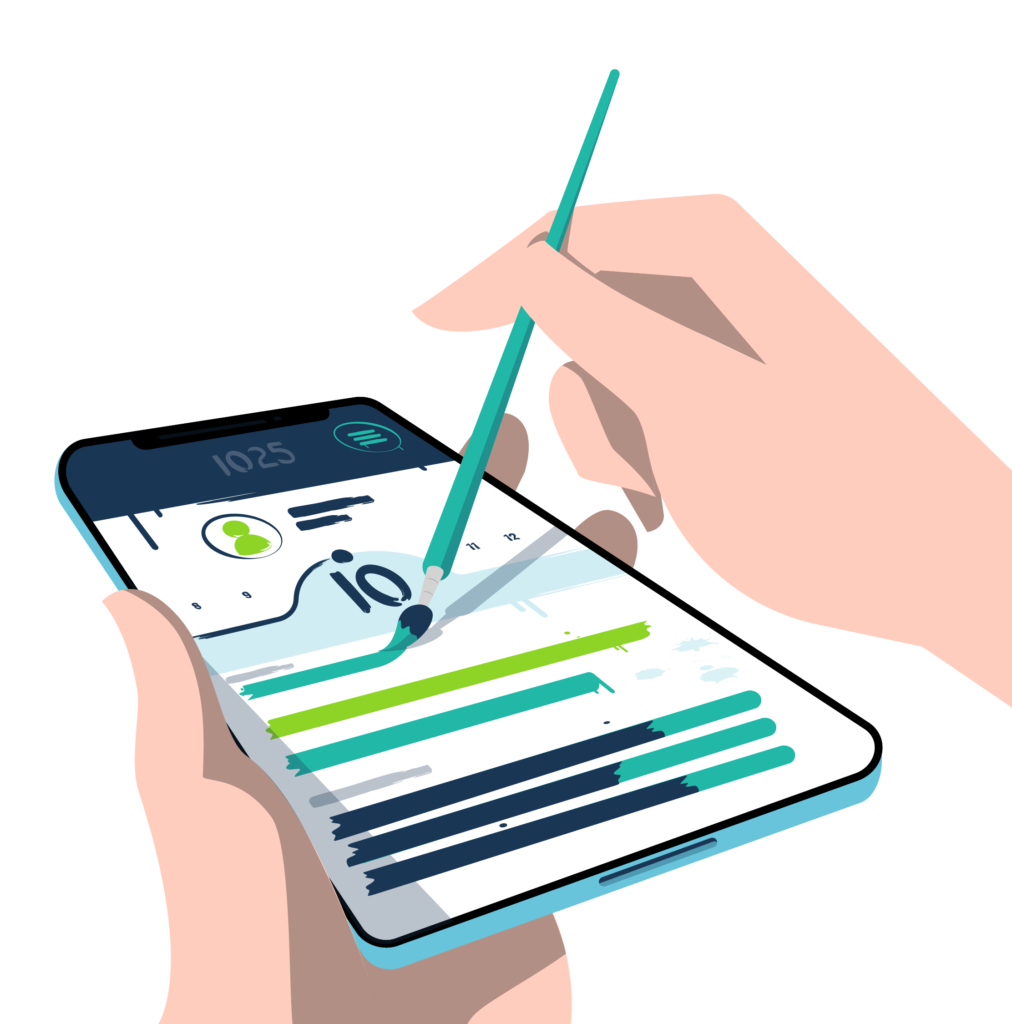
In today’s wig-spinning, fast-paced world, the need for continuous learning extends beyond the classroom. The concept of mobile learning, or mLearning has emerged as a powerful approach to address this need.
By leveraging the ubiquitous nature of smartphones and tablets, mobile learning allows individuals to engage in learning activities anytime, anywhere. Wave goodbye to those geographical and time barriers!
The potential of mobile learning can be further amplified through the use of learning apps. These mobile applications offer a structured and engaging way to deliver microlearning experiences and interactive exercises. They can also tap into your phone’s native functionality to unleash a slew of other benefits.
As a developer behind multiple award-winning learning apps, we know what it takes to craft engaging and effective mobile learning solutions. In this article, we’ll be sharing our insights, exploring the unique advantages of learning apps, and providing plenty of practical guidance. Let’s get started!
Humans and Mobile Phones
The history of mobile phones is a fascinating journey from bulky bricks to the pocket-sized supercomputers we carry today. The idea of a wireless telephone was patented back in 1908, with simple models emerging as early as the 1940s.
Fast forward to 1973, and Motorola made history with the first public mobile phone call. However, it wasn’t until the 1980s that the first commercial cellular networks emerged. The 1990s saw continued evolution with digital networks offering improved sound quality and new features like SMS text messaging.
However, the true turning point came in 2007 with the smartphone boom. The iPhone’s debut, with its touchscreen interface and app store, opened a new chapter in mobile technology.
Now, there are over seven billion mobile phone users in the world, covering 90.72% of the world’s population. Of these, 83.07% own a smartphone. As a result, we spend an astonishing average of 4.8 hours on our mobile phones every day.
Mobiles even account for over half (58.21%) of total web traffic worldwide. It’s clear that mobiles phones are no longer just for communication. They are powerful tools for work, entertainment and yes, education.
The Rise of Mobile Apps

The surge in mobile phone use has fueled a booming mobile app development industry.
Mobile apps are computer programmes or software applications that are designed to run on your mobile device. As they run on your smartphone’s operating system, they can make use of your device’s built-in features, such as your:
- Camera
- Microphone
- GPS (Global Positioning System)
- Accelerometer and Gyroscope
- Fingerprint Sensor or Facial Recognition
Mobile apps can also tap into software features like push notifications and offline functionality. We’ll share more details on this shortly.
Did you know that 91% of time spent on smartphones is spent within apps? Who could have foreseen this back in 2008, when the iOS App Store launched with just 500 apps. Now, there are nearly two million apps from over 800,000 publishers. What’s more, there are 3.3 million Android apps available in the Google Play Store.
So, there’s a wide range of options to pick from. With a staggering 257 billion app downloads as of 2023, the market is incredibly diverse. While mobile games reign supreme in terms of revenue, the educational app category, our area of focus, holds a strong fourth position.
What is a Mobile Learning App?
Mobile learning apps are reshaping the education industry. Just like other apps, learning apps are software on your mobile device that enables you to learn whilst on-the-go. These apps also work on your mobile phone’s operating system.
The only difference is the use case: these apps are solely used for educational purposes. Now, whether you are seeking to learn a new language or master the intricacies of quantum physics, there is a learning app for it.
Corporate learning apps often bridge the gap between traditional learning management systems (LMS) and mobile technology. This integration unlocks customised, end-to-end mobile learning solutions, empowering your workforce to learn at the point of need.
Mobile Learning App Use Cases
Mobile learning apps offer a powerful and flexible learning solution, but they truly shine in specific situations. Let’s explore some scenarios and use cases where mobile learning apps can unlock their full potential:
- Sales Teams: A mobile learning app can provide tailored product training, sales techniques, and role-playing simulations to enhance sales skills. Better yet, this information is all easily accessible, which means it’s perfectly suited for busy salespeople on the go.
- Customer Service Representatives: Your support and service teams need up to date information and training to ensure your customers get the maximum value from your solutions. Mobile apps can readily offer product information and communication skills training.
- Remote Workforces: Mobile learning apps are also ideal for geographically dispersed teams. After all, they can provide learners with consistent and easily accessible training opportunities, regardless of where they happen to be in the world.
- Compliance Training: Organisations that have mandatory compliance training requirements can use mobile apps to ensure this delivered in an efficient and trackable manner. This added convenience will help you to improve your completion rates.
- Employee Onboarding: Mobile apps can streamline onboarding processes for new hires by providing essential information, policies and product training. Your employee’s time-to-competency will soon skyrocket.
- Frontline Workers: Organisations with lots of frontline workers (the individuals who deal directly with customers) will also benefit from a mobile learning app. After all, empowering your team to learn at their own pace will make them more knowledgeable, confident and prepared.
The Benefits of Mobile Learning Apps
For organisations, mobile learning apps can be easily deployed to a large workforce, regardless of location, and updates can be made instantly. As a result, apps are usually more cost-effective than traditional training methods that require in-person sessions, rentals, and instructor fees.
However, mobile learning apps also compete with eLearning platforms, and responsive websites designed for mobile access. So, let’s explore what makes them stand out. Here are the key advantages of mobile learning apps.
1. Convenience & Accessibility
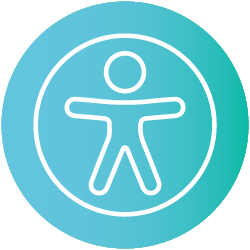
Mobile phones fit in your pocket and give you access to practically unlimited resources with just a few taps. This increased accessibility and portability are essential in today’s fast-paced world.
Your learners, regardless of whether they are students or employees, have many plates to juggle. Fitting face-to-face training or virtual sessions into their schedule isn’t easy.
Mobile learning apps enable Just-In-Time (JIT) learning where training is available on demand. As a result, learners can break free from the typical shackles of traditional learning approaches and learn whenever a spare moment arises.
2. Engagement & Interactivity

From captivating TikTok dances to endless cat video marathons, mobile apps have mastered the art of keeping us glued to our devices. They provide us with access to engaging and interactive worlds we can’t seem to put down.
This translates perfectly to the world of learning. After all, learning apps are built for speed and interactivity. They can also seamlessly tap into your smartphone’s built-in features, like cameras, microphones, and GPS, to create unique and engaging learning experiences.
3. Online & Offline Sync

Learning apps give your learners more freedom. After all, they can complete training wherever they want, whenever they want. However, true 24/7 accessibility is only possible with online and offline sync.
This features comes as standard on the best mobile learning apps (such as Growth Engineering Learning App). It means that learners can download content to their device so that it can be completed without an internet connection. As a result, progress never has to stop, regardless of connectivity limitations.
The Disadvantages of Mobile Learning Apps
Mobile learning apps offer a wealth of benefits, but it’s also important to be aware of their limitations. We would recommend carefully considering these issues and strategically implementing mobile learning alongside other training methods.
1. Lack of Face-to-Face Interaction
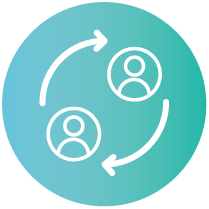
Humans value in-person interaction. Mobile apps, on the other hand, focus on the digital world which limits opportunities for deeper connection. This is especially true for older-generation learning apps.
Luckily, you can minimise this by including social learning features in your learning app. These features help your learners to stay connected with their peers even when learning online.
2. Distractions

Human attention spans are shrinking. As a result, we often lose our focus over the smallest distractions. This is an especially big threat when you use the same device for learning that you typically use for aimlessly scrolling through social media.
The key to drawing your learners back to their learning application lies in making sure it’s as engaging as any alternative demands on their time.
3. Manual Download Process
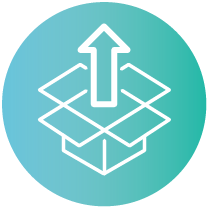
Downloading a mobile learning app can add an initial hurdle for learners eager to begin their training. New users might not be familiar with app stores, or the download process. This could lead to frustration and increase your drop-out rate.
Thankfully, modern solutions are exploring ways to minimise this friction, such as web-based app versions or progressive web apps (PWAs). These offer app-like functionality without requiring a download.
4. Storage Considerations

Similarly, mobile learning apps do require some device storage space. As learners often use their personal devices for mobile learning, this can cause some issues.
However, many apps are designed to be lightweight and efficient. Learners can also choose what content they download, minimising their storage footprint.
10 Components of a Good Mobile Learning App
1. Supported on IOS & Android
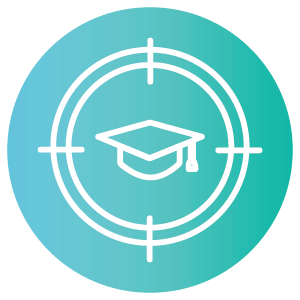
One of the core strengths of mobile learning is its accessibility. To ensure everyone can participate, high-quality learning apps should be available on both major operating systems: the Apple App Store and Google Play Store.
This broadens your reach and guarantees that learners, regardless of their phone type, have equal access to valuable training materials. Depending on your audience, you may also want to cater for the Amazon Appstore, Huawei AppGallery, Samsung Galaxy Store and so on.
2. Simple
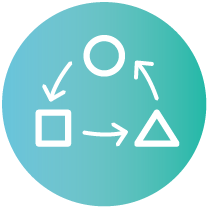
The most popular mobile apps share a key characteristic: they excel at what they do. The same principles applies to your mobile learning app.
As such, you shouldn’t seek to replicate every aspect of a traditional LMS. This is arguably not the place to share lengthy courses or complex assessments. Instead, keep things simple and design learning experiences that are well-suited to smaller screens.
3. Reliable

Nothing is more annoying than an app that keeps crashing or takes minutes to load. After all, we have come to expect a consumer-grade experience from every app we use.
A good learning application is a reliable and speedy piece of software that your learners come to trust. A clunky or slow experience is guaranteed to put them off their training.
4. Quality Content

On a learning app, your content has no room to hide. It’s the primary asset in your employee development efforts. As such, you shouldn’t compromise on its quality.
Online learning typically gives more autonomy to the learner. They explore content at their own pace and often guide their own journey. As such, your mobile learning content needs to be relevant, engaging and informative.
5. Easy Navigation

Your learners are a diverse group, coming from various backgrounds and age groups. Their comfort level with technology and mobile apps will also vary.
That’s why prioritising intuitive navigation within your learning app is crucial. By creating a user-friendly interface, you ensure a seamless learning experience that caters to all learners, regardless of their technical expertise.
6. Learner Assessments
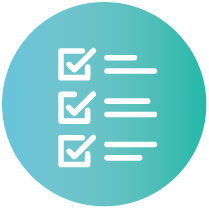
Any educational tool is incomplete without in-depth assessment systems in place. You need to be able to analyse your learners’ growth to determine the true impact of your training programme.
As such, your courses should be coupled with appropriate assessments or quizzes. These tests can be as simple as multiple-choice questions based on the topics your learners have explored.
7. Design Elements

Building a learning app that stands out is crucial. That’s where a strong brand identity comes into play. Effective learning apps are custom-branded, allowing learners to instantly recognise them and associate them with your organisation.
A cohesive brand experience should encompass your app’s colour scheme, illustrations, fonts, and overall visual style. This should also include the app icon and name. Don’t forget to find your Epic Meaning!
8. Data

You need learning data to understand if your app is creating the desired results. As such, you’ll want to track engagement, social interactions, assessment scores and content completion all in one place.
The industry’s best learning apps enable exactly this. These applications come with a reporting dashboard (which may be web-based) with custom fields and ad hoc reporting options.
9. Integrations
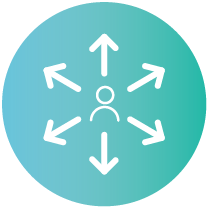
Mobile learning apps can be even more powerful when integrated with other tools in your learning ecosystem. With the right integrations, you can seamlessly connect your app to existing learning management systems, human resource information systems, or other relevant platforms.
Growth Engineering Learning App automatically integrates with Growth Engineering LMS and Growth Engineering Authoring Tool, creating a cohesive and comprehensive approach to organisational learning.
10. Engaging Features

While learning is typically all about content, the experience becomes much more effective with some engaging and fun features. After all, you don’t want your learners to switch over to TikTok after a few minutes of training.
Today’s modern learning applications come with many innovative features that help you to supercharge engagement. For example, gamification and social learning tools continue to grow in popularity.
15 Tips for Creating an Effective Learning App Strategy
Certain features, tools, approaches and strategies are guaranteed to get your mobile learners engaged. Let’s have a look at some of the ways you can supercharge your learning app strategy!
1. Use Gamification

As previously mentioned, games eat up the biggest share of the global app market. And it makes sense: games are fun and engaging, and many of them support social interactions.
Gamification takes the fun elements of games and adds them to non-gaming environments, such as learning apps, to make them more engaging.
Game mechanics can include badges, experience points (XP), leaderboards, levels, and more. You can even introduce Contests, which are peer-vs-peer or squad-vs-squad quizzes. This healthy competition provides additional motivation and incentivises activity.
2. Build a Learning Community
Adding a social layer to your learning app will help you to create a learning community with a flourishing knowledge-sharing culture. Social learning features, like social feeds and discussion forums, give your learners a platform to communicate and learn from each other.
To encourage social learning, start conversations in the social areas of your learning app. For example, you can create challenges by asking learners to share their experiences on the topic at hand.
3. Make It Micro
Long and text-heavy content is boring and tiring on any device, but even more so on a mobile phone’s smaller screen. Luckily, mobile learning and microlearning are a match made in heaven.
Microlearning breaks your content down into bite-sized chunks that typically take less than ten minutes to complete. This, in turn, helps to overcome cognitive overload. It’s little wonder why microlearning makes learning transfer 17% more efficient.
4. Create Customised Learning Pathways
Every learner has their unique learning needs. These needs are determined by your learners’ roles, current skill levels, career goals, and overall interests. While this is natural, it also means every learner needs content and training that’s relevant to them.
As such, create your learning app strategy by determining customised learning pathways. You could, for example, do this on an individual, team, or departmental level.
5. Push and Pull Content
A push or pull content strategy ensures you get your learners using the right content. As such, it’s a critical part of your customised learning pathways.
In a nutshell, your push strategy involves pushing specific content in front of your learners so it’s easy for them to access. Your pull strategy, on the other hand, involves providing free access to all your content, and naturally drawing your learners towards the most beneficial material.
A healthy blend of push and pull content ensures your learners get the best of both worlds.
6. Use Various Content Types
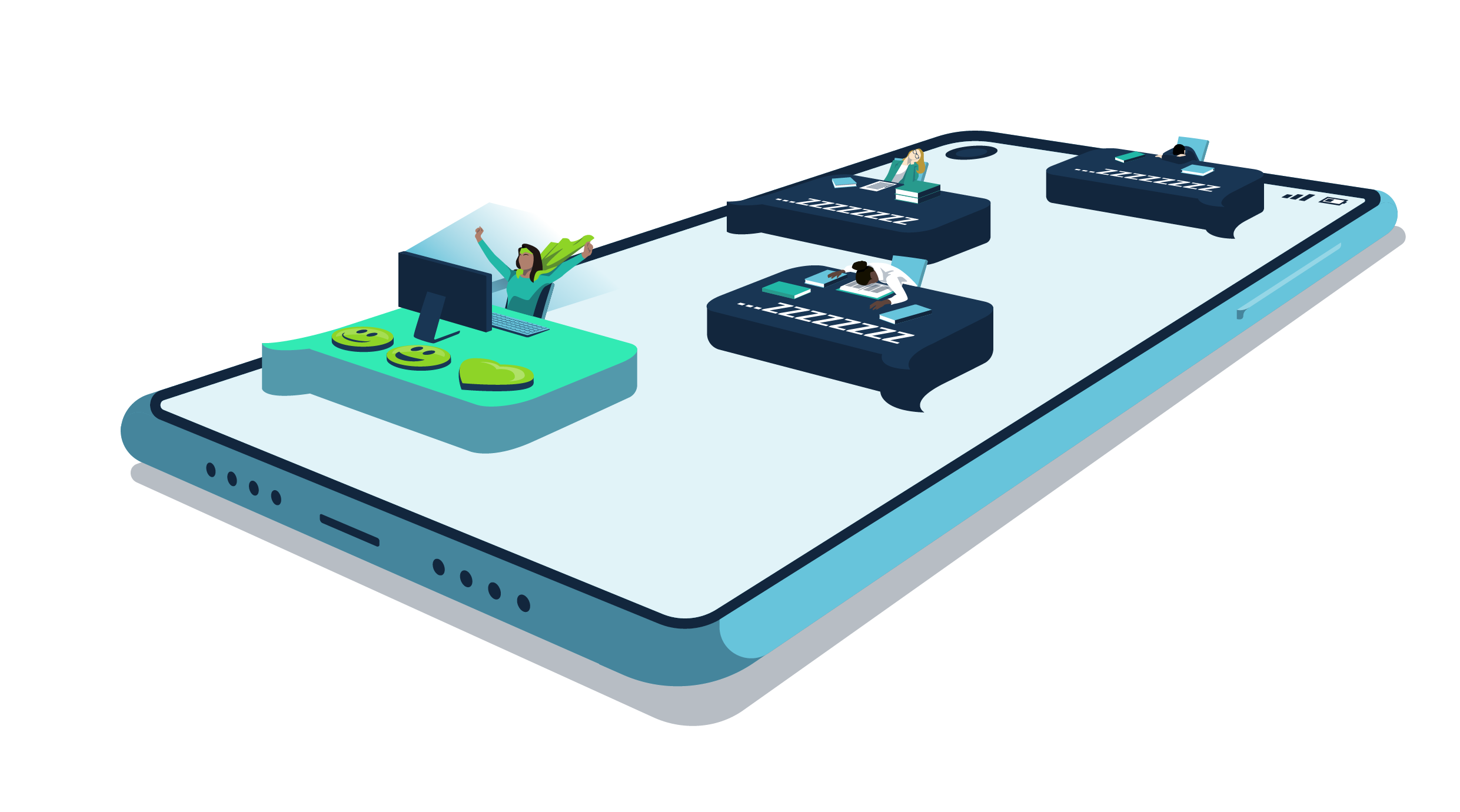
A good learning app strategy requires mobile-first content. However, sticking to one type of content will get boring very quickly. As such, make sure you mix things up!
Use various content types to engage your learners on their mobile devices. This could be delivered in text, video or audio format. In addition, use illustrations, scenarios, narrative, learning games or group activities to make your content more fun.
7. Keep Everything Consistent
Other than being social animals, humans are also a creature of habit. We come to expect an action or event if we see it happening day after day.
This is why you need to keep your training schedule regular and consistent. To do so, determine a content release calendar and release new material in pre-set intervals. For example, launch a new training unit every Tuesday and communicate it to your users.
Consistent training ensures that your learners are waiting for their new content unit to be released, making it a habit. In turn, they will be more drawn to continue their training which helps with knowledge retention and engagement.
8. Take Advantage of Content Templates
Even if you are creating microlearning content, it still takes time and effort to develop. After all, you need to research the topic or collaborate with subject matter experts (SMEs), create a content draft, proofread it all and introduce illustrations, video and some gamification elements.
Luckily, you can streamline this process by using content templates. These files contain pre-formatted or partly designed elements that you can then tweak to fit the specific needs of your content. This helps you to save time and optimise your approach.
9. Include Learning Games
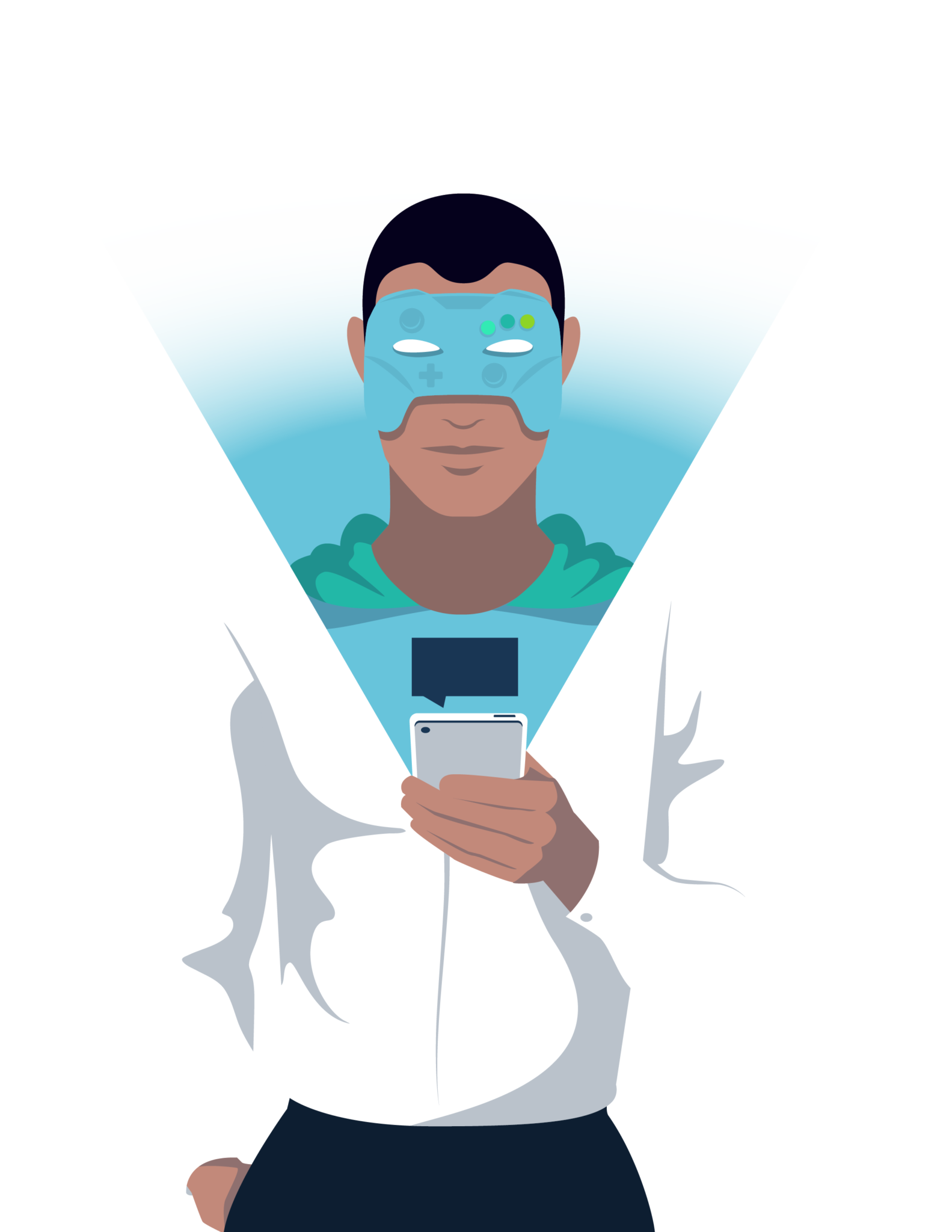
Learning games can be extremely effective when it comes to improving knowledge retention. They are a surefire way to engage your learners by making the experience more interactive and fun.
However, just like gaming apps, learning games come in many shapes and sizes. As such, when you are building your learning game or selecting one of your provider’s game templates, make sure it matches your content.
10. Use Learner-Generated Content
There’s a good chance you’re not a subject matter expert for every topic in your learning library. As such, once you have established a successful social learning strategy, take advantage of the knowledge your learners have.
As they share their experiences, tips, guidance and questions on the social channels of your learning app, make sure to monitor these areas closely. You will find examples of real-life situations that you can use in your training programme.
11. Share the Workload
Managing a training initiative is hard work. This is the case even if your mobile learning app offers extensive automation options that help with time-consuming tasks like user uploads, reporting or content creation.
Sharing the workload ensures you have the resource necessary to oversee your training programme while resting assured that your mobile learning app is in good hands. You should be able to use different user types (such as learners, managers and admins) to delegate feature access and responsibility.
12. Reward Engagement
Our brain releases dopamine when we expect or receive a reward. It’s natural for us to chase that rush, as dopamine is also known as the ‘feel good’ hormone.
You can take advantage of this when designing your learning app strategy. For instance, here at Growth Engineering, we use streak rewards for completing tasks (such as logging in or consuming content) over a series of multiple days.
We’re naturally wired to try and keep these streaks going for as long as we can. Why not give it a go?
13. Structure Your Content Library
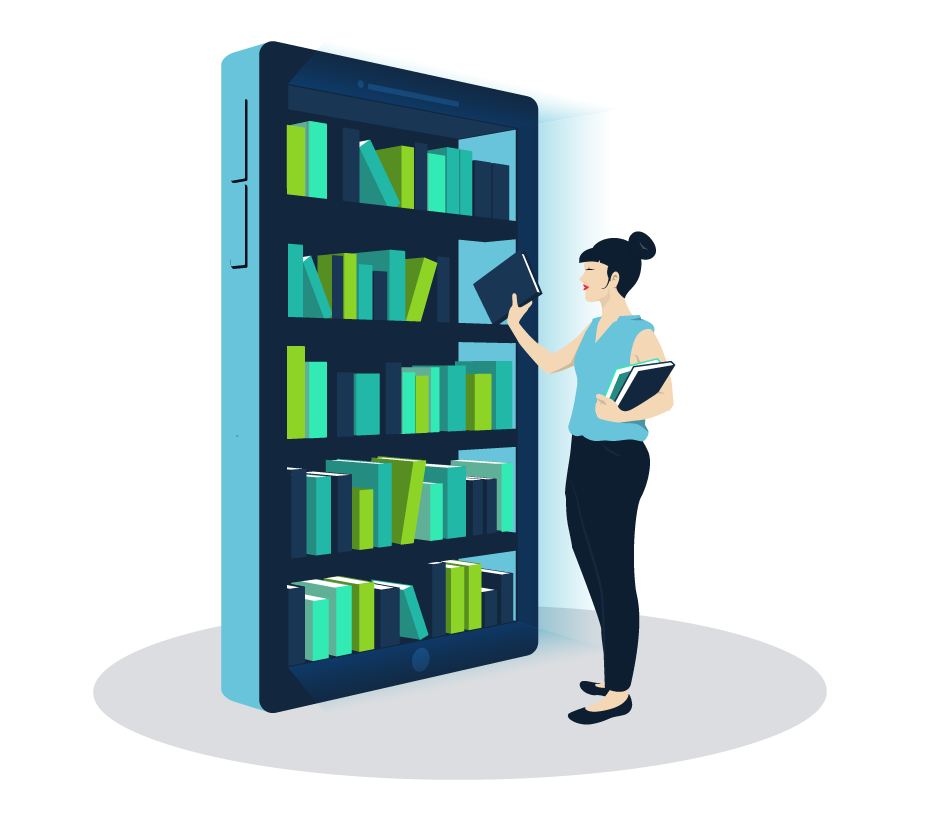
Your training programme may have hundreds, if not thousands, of courses and other learning items. While this may be essential to tackle any prevailing skill gaps, it can also cause an admin or user experience nightmare.
With this in mind, make sure to structure your content library and categorise your microunits into folders and subfolders. Similarly, use tags so that your learners can easily search for relevant content.
14. Run Pre-Scheduled Reports
Reporting can be a time-consuming task to add to your weekly workload. To make the process easier, you should take advantage of the automatic scheduled reporting most learning app providers offer.
Once you have identified the data you need and created any custom reports, you can schedule them to run automatically at a set time. This ensures that you, and your key stakeholders, get your reports when you need them, without having to do anything manually.
15. Send Push Notifications
Most of today’s modern mobile apps take advantage of push notifications. These are alerts or messages that are generated by your mobile application, even when the app itself is not open.
You can use push notifications to share current news, promote your services or products, or to communicate with your users. Push notifications are also an excellent way to nudge and remind your users to take a desired action.
Final Words
Mobile applications are here to stay, and so are learning apps. Increased accessibility, engaging features, high-impact content and convenience make mobile learning applications popular and effective.
Combined with microlearning strategies, gaming mechanics, and social learning features, learning apps have the power to supercharge employee development.
The possibilities truly are endless. All you need to do is tap download!
Are you ready to learn how to get your learners engaged in their training? Then our 150 Learner Engagement Tips are for you! Click the link below.



